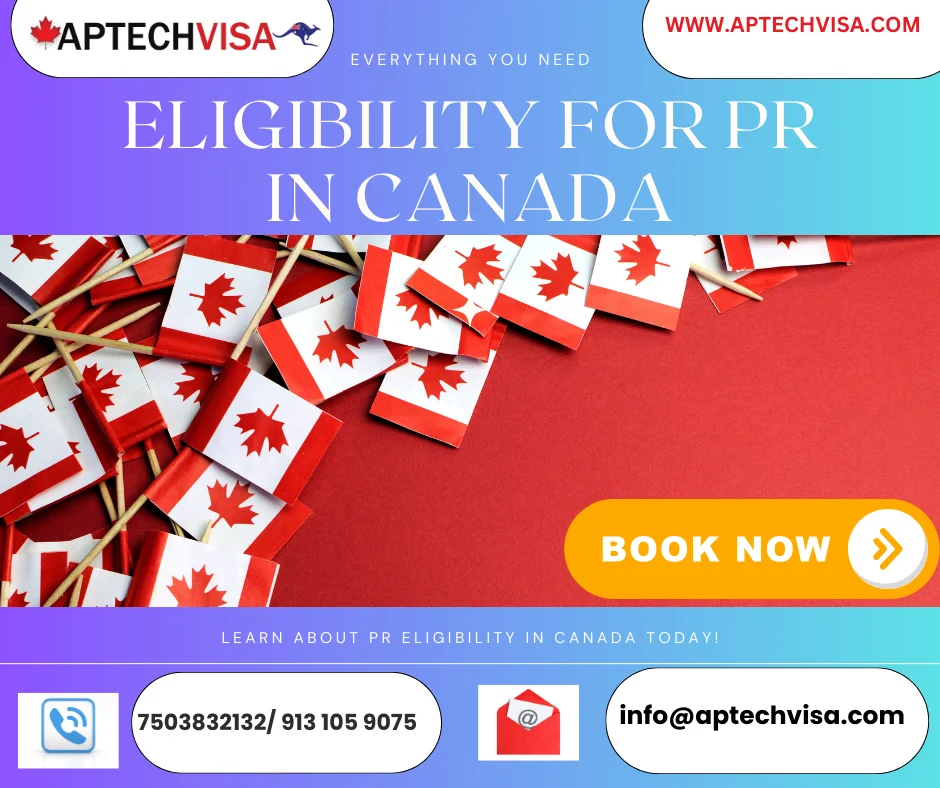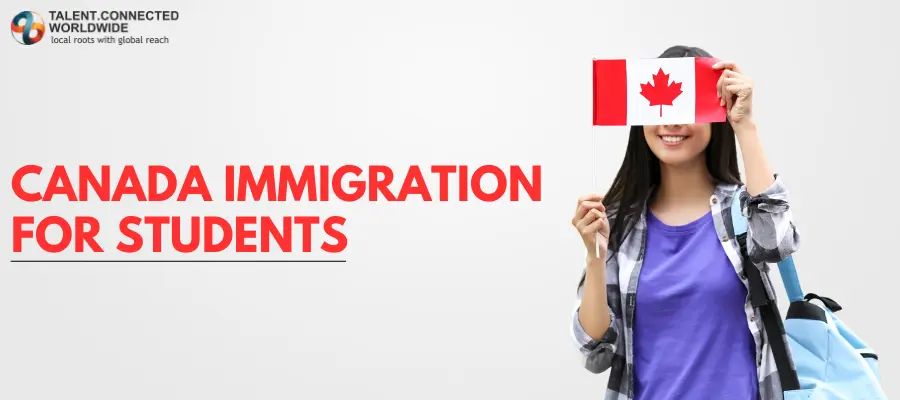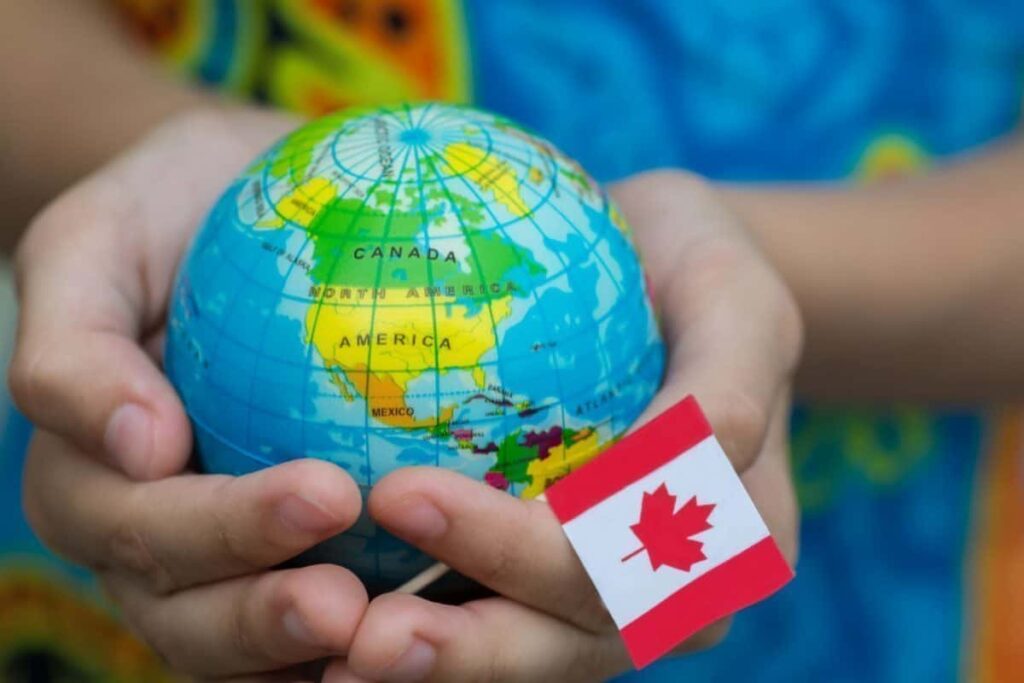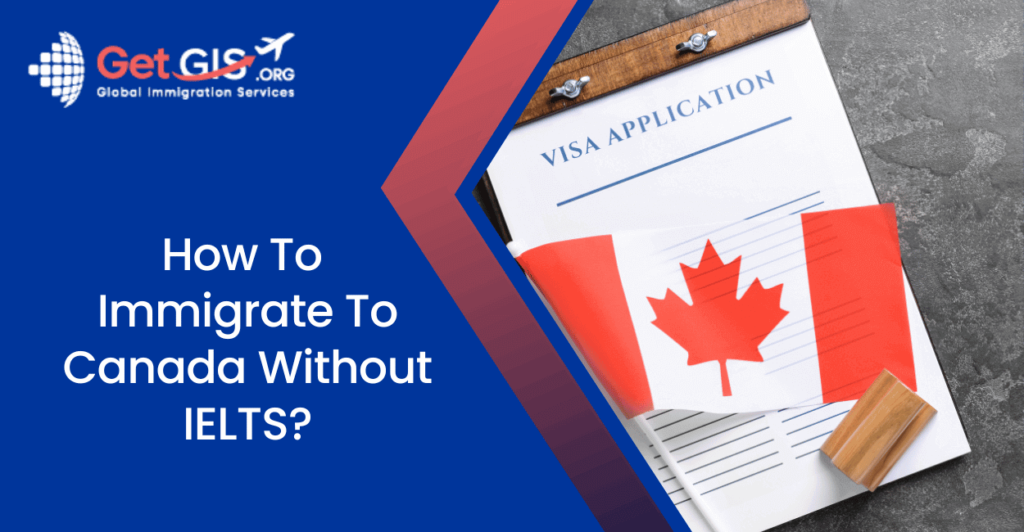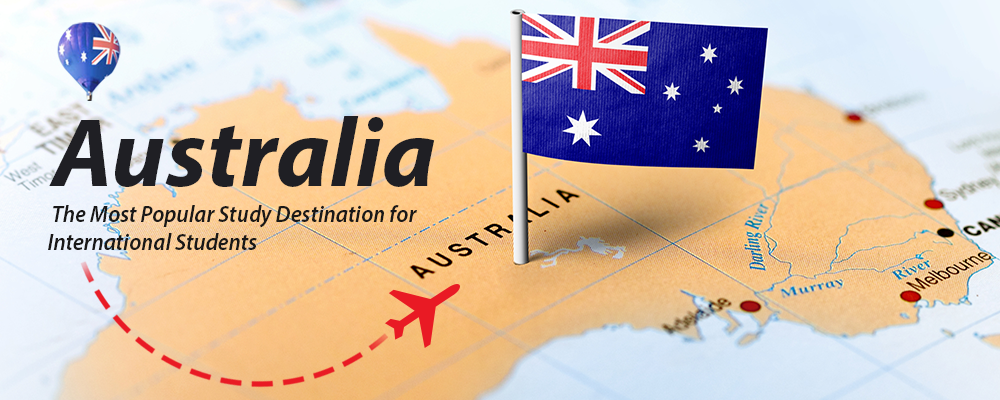Which Course Is Best For PR In Canada?
Which Course is Best for PR in Canada?
Canada is a favored destination for international students due to its high-quality education system, diverse culture, and promising opportunities for permanent residency (PR). Understanding which courses can lead to PR is crucial for prospective students aiming to build a future in Canada. This article will explore the best courses for PR in Canada, the pathways to permanent residency, and the factors influencing eligibility.
Understanding Permanent Residency in Canada
Permanent residency in Canada allows individuals to live, work, and study anywhere in the country. PR holders enjoy many benefits, including access to healthcare, education, and social services. However, obtaining PR requires meeting specific criteria, including education, work experience, and language proficiency.
Pathways to Permanent Residency
To qualify for PR, international students typically follow these pathways:
- Post-Graduation Work Permit (PGWP)
- Express Entry System
- Provincial Nominee Programs (PNPs)
- Canadian Experience Class (CEC)
- Family Sponsorship
- Business Immigration
Each pathway has its own eligibility requirements, but education plays a significant role in most of them.
Best Courses for PR in Canada
When considering which courses to pursue for PR in Canada, it’s essential to focus on programs that align with in-demand occupations. Below are some of the best courses that can enhance your chances of obtaining PR:
1. Healthcare Programs
Healthcare professionals are in high demand across Canada. Courses in this field include:
- Nursing: Registered Nurses (RNs) and Licensed Practical Nurses (LPNs) are highly sought after.
- Medical Laboratory Technology: Technologists play a vital role in diagnostic services.
- Pharmacy: Pharmacists are essential in healthcare delivery.
2. Information Technology (IT) Programs
The tech industry is booming in Canada, making IT programs a great option for PR:
- Computer Science: Graduates can work in software development, data analysis, and cybersecurity.
- Information Systems: This program prepares students for roles in IT management and consulting.
- Web Development: With the rise of e-commerce, web developers are in high demand.
3. Engineering Programs
Engineering graduates are also in demand, particularly in specific fields:
- Civil Engineering: Involved in infrastructure development and urban planning.
- Mechanical Engineering: Relevant in manufacturing and design industries.
- Electrical Engineering: Focuses on power systems and electronics.
4. Business Programs
Business-related courses can lead to various career opportunities:
- MBA Programs: An MBA can open doors to management positions in various industries.
- Accounting and Finance: These professionals are essential for businesses and organizations.
- Supply Chain Management: This field is crucial for logistics and operations.
5. Skilled Trades Programs
Skilled trades are vital to Canada’s economy, and programs in this area can lead to PR:
- Electrician: Skilled electricians are in high demand across the country.
- Plumbing: Plumbers are essential for construction and maintenance.
- Welding: This trade is crucial in manufacturing and construction.
Factors to Consider When Choosing a Course
When selecting a course for PR in Canada, consider the following factors:
- Job Market Demand: Research the demand for specific occupations in Canada to ensure good job prospects after graduation.
- Program Length: Programs that are longer than eight months may qualify for a PGWP, allowing you to work in Canada post-graduation.
- Institution Reputation: Choose a recognized institution that is a designated learning institution (DLI) to ensure eligibility for a PGWP.
- Pathway to PR: Consider programs that align with PR pathways, such as those that lead to in-demand occupations.
Post-Graduation Work Permit (PGWP)
After completing a qualifying program, international students can apply for a PGWP, allowing them to work in Canada for a duration equal to their study program (up to three years). This work experience is crucial for applying for PR through the Canadian Experience Class or other immigration pathways.
Express Entry System
The Express Entry system is a points-based immigration system that manages applications for three federal immigration programs:
- Federal Skilled Worker Program (FSWP)
- Canadian Experience Class (CEC)
- Federal Skilled Trades Program (FSTP)
Candidates are ranked based on their Comprehensive Ranking System (CRS) score, which considers factors such as age, education, work experience, and language proficiency. Completing a program in Canada can significantly enhance your CRS score.
Provincial Nominee Programs (PNPs)
Many provinces have specific PNP streams for international graduates. These programs allow provinces to nominate individuals for PR based on their skills and the province’s labor market needs. Graduates from in-demand fields may receive additional points or priority processing.
Frequently Asked Questions (FAQ)
1. What is the best course to study in Canada for PR?
Courses in healthcare, information technology, engineering, business, and skilled trades are among the best for obtaining PR in Canada due to high demand in these fields.
2. How long does the PGWP last?
The duration of the PGWP depends on the length of your study program. A one-year program typically qualifies for a one-year PGWP, while a two-year program may qualify for a three-year PGWP.
3. Can I apply for PR after a one-year program?
Yes, you can apply for PR after a one-year program, but you must gain at least one year of skilled work experience in Canada through a PGWP.
4. Are there specific institutions I should consider?
Choose institutions that are designated learning institutions (DLI) and offer programs eligible for PGWP to ensure a pathway to PR.
5. Do I need to demonstrate language proficiency?
Yes, most PR pathways require proof of language proficiency in English or French, typically through standardized tests like IELTS or CELPIP.
Conclusion
Choosing the right course for PR in Canada is a critical step for international students. By focusing on programs that align with in-demand occupations, you can enhance your chances of obtaining PR after graduation. Understanding the pathways to PR, such as the PGWP and Express Entry system, will further support your goal of building a future in Canada.For more detailed information on immigration policies and eligibility requirements, visit the official Government of Canada website: Canada Immigration and Citizenship.
Summary Table of Best Courses for PR in Canada
| Field of Study | Example Programs | In-Demand Occupations |
|---|---|---|
| Healthcare | Nursing, Medical Laboratory Technology, Pharmacy | Registered Nurses, Medical Technologists, Pharmacists |
| Information Technology (IT) | Computer Science, Information Systems, Web Development | Software Developers, Data Analysts, IT Consultants |
| Engineering | Civil Engineering, Mechanical Engineering, Electrical Engineering | Civil Engineers, Mechanical Engineers, Electrical Engineers |
| Business | MBA, Accounting, Supply Chain Management | Business Analysts, Accountants, Supply Chain Managers |
| Skilled Trades | Electrician, Plumbing, Welding | Electricians, Plumbers, Welders |
This comprehensive overview should guide prospective international students in choosing the right course to enhance their chances of obtaining permanent residency in Canada.
 Skip to content
Skip to content

